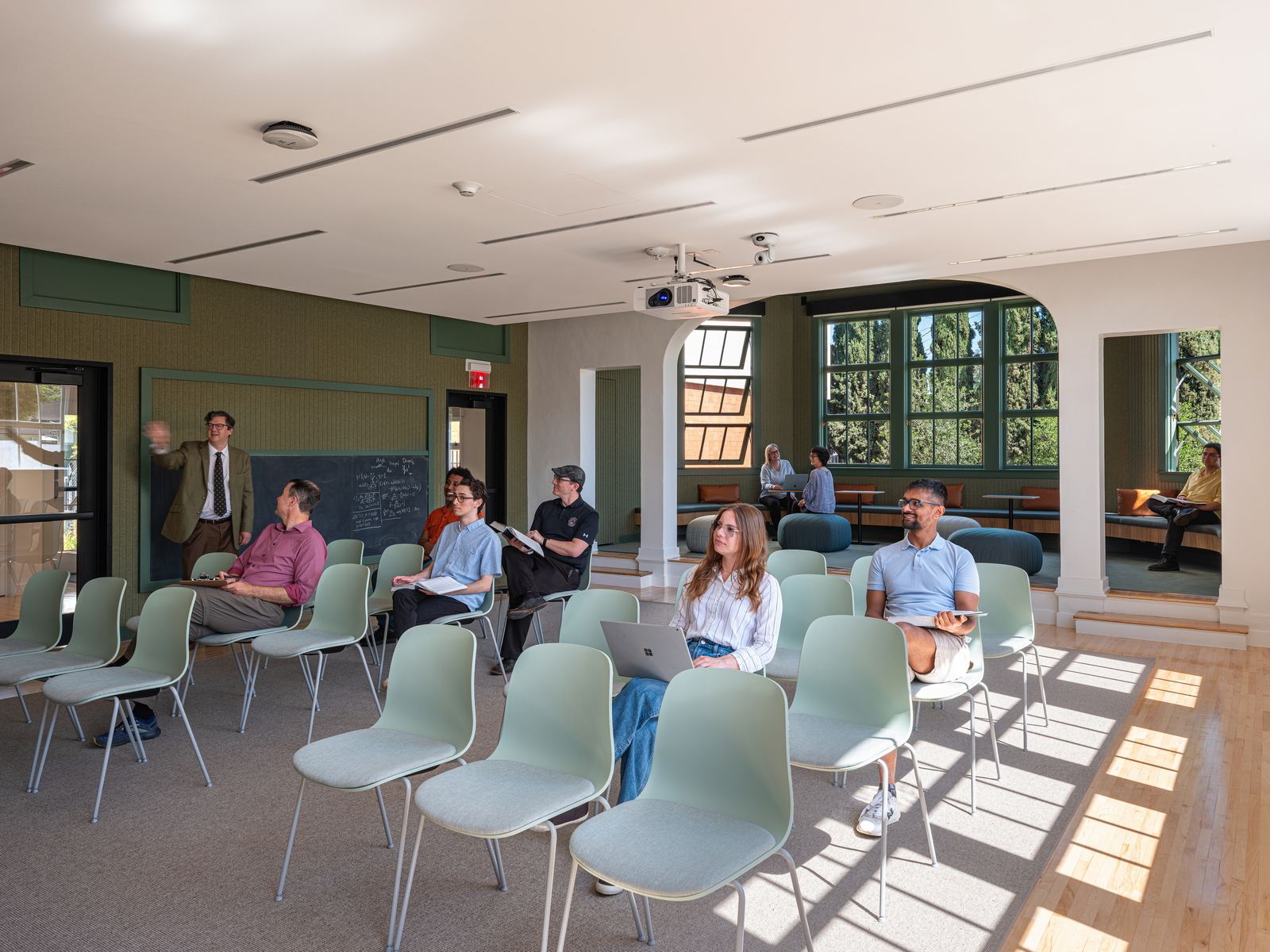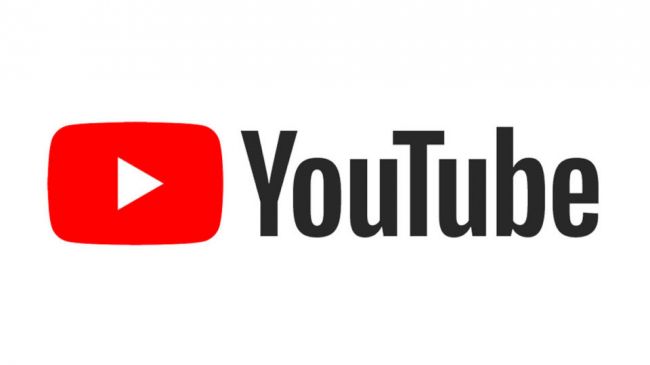Fall 2025 Speakers:
August 11, 2025 - "Living-State Physics: How Thermodynamics begets Biology" by Avshalom Elitzur, Chapman University
August 11, 2025 - "Why Have We Been Wrong About Quantum Theory for So Long?" by Yakir Aharonov, Chapman University
September 3, 2025 - "A finite-resources description of a measurement process and its implications for the" Wigner's Friend" scenario" by Fernando de Melo, Centro Brasileiro de Pesquisas Físicas - CBPF
Abstract: Quantum mechanics now informs technologies like large-scale quantum computers, making foundational issues technologically relevant. In this seminar, I will present a model of quantum measurement that incorporates finite-resource constraints for macroscopic systems. In this framework, collapse emerges as an effective description of closed dynamics. Applying it to Wigner’s Friend, we find that both observers agree once Wigner adopts the finite-resources view.
September 10, 2025 - "No-local-broadcasting theorem for non-signalling behaviours and assemblages" by Carlos Vieira, UNICAMP
September 17 , 2025 - "What do black holes teach us about Wigner's Friend?" by Emily Adlam, Chapman University
Abstract: Recently, Hausman and Renner have pointed out that several famous paradoxes relating to black holes have a similar character to various Extended Wigner's Friend paradoxes. Given these connections, studying the black hole paradoxes may offer an interesting way to get some new insight into the Wigner's Friend paradoxes. In this talk I will introduce the four paradoxes described by Hausman and Renner, then note some important similarities and differences between them and make some suggestions about what these connections might tell us about the original Wigner's Friend paradoxes. In particular, I argue that the black hole comparison may push us toward intrinsic relationality and toward some kind of retrocausal or atemporal solution.
September 24, 2025 - " Divide-and-Conquer Simulation of Open Quantum Systems" by Nadja Bernardes,Universidade Federal de Pernambuco
Abstract: One of the promises of quantum computing is to simulate physical systems efficiently. However, the simulation of open quantum systems - where interactions with the environment play a crucial role - remains challenging for quantum computing, as it is impossible to implement deterministically non-unitary operators on a quantum computer without auxiliary qubits. The Stinespring dilation can simulate an open dynamic but requires a high circuit depth, which is impractical for NISQ devices. An alternative approach is parallel probabilistic block-encoding methods, such as the Sz.-Nagy and Singular Value Decomposition dilations. These methods result in shallower circuits but are hybrid methods, and we do not simulate the quantum dynamic on the quantum computer. In this work, we describe a divide-and-conquer strategy for preparing mixed states to combine the output of each Kraus operator dilation and obtain the complete dynamic on quantum hardware with a lower circuit depth. The work also introduces a balanced strategy that groups the original Kraus operators into an expanded operator, leading to a trade-off between circuit depth, CNOT count, and number of qubits. We perform a computational analysis to demonstrate the advantages of the new method and present a proof-of-concept simulation of the Fenna-Matthews-Olson dynamic on current quantum hardware.
October 1, 2025 - "Certification of entangled measurements--A moment matrix approach" by Ranieri Nery , Institute of Photonic Sciences (ICFO)
In this work, we contribute to methods tailored for probing measurements by adapting a technique based on moment matrices—fundamental objects in the theory of polynomial optimization over non-commutative variables, originally introduced in the Navascués–Pironio–Acín (NPA) hierarchy [1], essential for approximating quantum-achievable probabilities. We demonstrate its utility in a test case where a Bell-state measurement is applied to two independent, maximally entangled bipartite states in a network of three separated observers. The test builds on a variant of the NPA hierarchy introduced by Moroder et al. [2], which enables separability tests of quantum states in device-independent settings. We present and analyze our results, discuss a possible duality between our test and tests on corresponding induced states, and explore extensions to modified networks that may yield further refinements of the technique
October 8, 2025 - "CDJ-Pontryagin Optimal Control for General Continuously Monitored Quantum Systems" by Tathagata Karmakar, University of California, Berkely
Abstract: The Chantasri-Dressel-Jordan (CDJ) stochastic path integral formalism (Chantasri et al. 2013 and 2015) characterizes the statistics of the readouts and the most likely conditional evolution of a continuously monitored quantum system. Recent explorations suggest the most likely paths can help find optimal control protocols in monitored quantum systems. However, such an approach has only been applied to a selected few cases, and a systematic investigation into the CDJ formalism for arbitrary quantum systems was lacking. In my talk, I will show how to generalize the CDJ formalism’s most likely paths by introducing a costate operator. Then, the most likely path can be cast as a quantum Pontryagin's maximum principle, where the cost function is the readout probabilities along a quantum trajectory. This insight allows us to derive a general optimal control framework for quantum systems undergoing arbitrary dynamics. As an example, we analyze a monitored oscillator in the presence of a parametric quadratic potential and variable quadrature measurements. In this case, the optimal parametric potential is analytically shown to have a “bang-bang” form. We apply our protocol to three quantum oscillator state preparation problems relevant to Bosonic quantum computing. The optimal controls from the CDJ-Pontryagin approach show a 40-196% increase in the number of trajectories reaching more than 95% fidelities, compared to non-optimal controls. If time permits, I will also delve into optimal control protocols for solving classical optimization problems such as k-SAT.
October 15 , 2025 - "Free snacks in quantum complexity" by Gerard McCaul, Tulane University
October 22, 2025 - IQS Public Talk “Resilience of a quantum physicist inside the Ukraine - Russian war” by Dr. Gleb Skorobagatko
Abstract: Resilience.. Resilience to be curious, resilience to think, to create, to live your life your way. These are the necessary conditions for a human being not only to live a life profoundly, but also these are necessary conditions for one to act in science effectively, to be a scientist.. But, sometimes, life delivers you special challenges, which try your ability to follow your way. The wartime is, obviously, such a case. The war in Ukraine, which continues for more than 3,5 years already, has filled the above simple statements with a very special meaning for every scientist living inside the country during all that time. This talk is an attempt to share with the audience the most important aspects of my individual wartime experience in the framework of my previous professional scientific path. What kind of challenges does a scientist face in the country at war? How to continue your individual professional path under such circumstances? Where to get energy, optimism and creativity from (spoiler: that's probably one's hardest task during the wartime) when you are in the country at war ? What can help one to be resilient, to continue one's scientific way despite all the critical obstacles, doubts and uncertainties ? - In my talk I shall try to answer these questions from my own experience of living for 3,5 years in wartime Ukraine.
October 29, 2025 - "Unifying quantum Zeno and anti-Zeno effects" by Sacha Greenfield, University of Southern California
Abstract: The quantum Zeno effect is a striking feature of quantum mechanics with foundational implications and practical applications in quantum control, error suppression, and error correction. It has branched off into a variety of different interpretations, making it easy to miss the unifying features of the underlying effect. In particular, the quantum Zeno effect has been studied in the context of both selective and nonselective measurements; for both pulsed and continuous interactions; for suppression and enhancement of decay (Zeno / anti-Zeno effects); and even in the absence of measurement entirely. In this talk, I’ll discuss our recent work examining how all these effects arise in the context of a driven qubit subjected to measurements or dissipation. Zeno and anti-Zeno effects are revealed as regimes of a unified effect that appears whenever a measurement-like process competes with a non-commuting evolution.
October 30, 2025 - "Scale-efficient quantum error correction using concatenated bosonic qubits" by Fernando Brandao, CalTech
Abstract: In order to solve problems of practical importance, quantum computers will likely require error correction which encodes fault-tolerant logical qubits into many noisy physical qubits. The large overheads projected for achieving fault-tolerant quantum computers motivate the search for more hardware-efficient platforms error-correction strategies. A promising direction to reduce the error correction overhead is to employ bosonic qubits, formed by states of a bosonic mode. I will discuss an experimental realization of a logical qubit at the AWS Center for Quantum Computing. We built a superconducting circuit which implements a repetition code up to distance five of cat qubits stabilized in bosonic modes. Phase-flip errors on the data cat qubits are corrected by the repetition code using ancilla transmons. The cat qubits are passively protected against bit-flip errors by two photon dissipation and all the operations needed for error correction, including the controlled-not gate, retain a bias against bit-flip errors. Our experiment is the first to leverage built-in bosonic error correction in concert with an outer concatenated code and biased noise.
November 11, 2025 - IQS Public Talk: "Understanding the 2025 Nobel Prize in Physics" by Justin Dressel
Abstract: Quantum mechanics was developed to describe the very small: atoms, subatomic structure, and fundamental particles. How big can things become while still showing fundamentally quantum behavior? This year's Nobel Prize was awarded to three researchers who had the audacity to show that macroscopic collections of charges moving in a supercooled electronic circuit can still behave quantum mechanically, allowing us to engineer macroscopic artificial atoms: John Clarke, John Martinis, and Michel Devoret. This talk will tell their story, what they showed, and how their demonstration has now become one of the cornerstones of modern superconducting quantum computation.
November 12, 2025 - “Non-Hermitian Evolution from Continuous Monitoring” by Justin Dressel
Abstract:In modern superconducting processors, it is possible to continuously monitor information about a quantum bit while it is evolving. A traveling microwave field briefly interacts with the qubit then is later measured, yielding a signal that is generally correlated with the qubit and thus partially collapses the qubit state. The resulting conditioned evolution of the reduced qubit state exhibits competition between unitary and collapse dynamics, so is fundamentally non-Hermitian and stochastic in character. Moreover, the specific character of the dynamics can often be resolved long after the qubit interacts with the traveling field, yielding a dynamical version of a delayed choice paradox. This talk clarifies how these conditioned dynamics correspond to a pre- and post-selected time-dependent Hamiltonian that involves complex weak values of observables interacting with the qubit. The complex and delayed-choice nature of the effective qubit Hamiltonian is determined by the boundary conditions connecting the prepared input field to the amplified and observed output signal.

